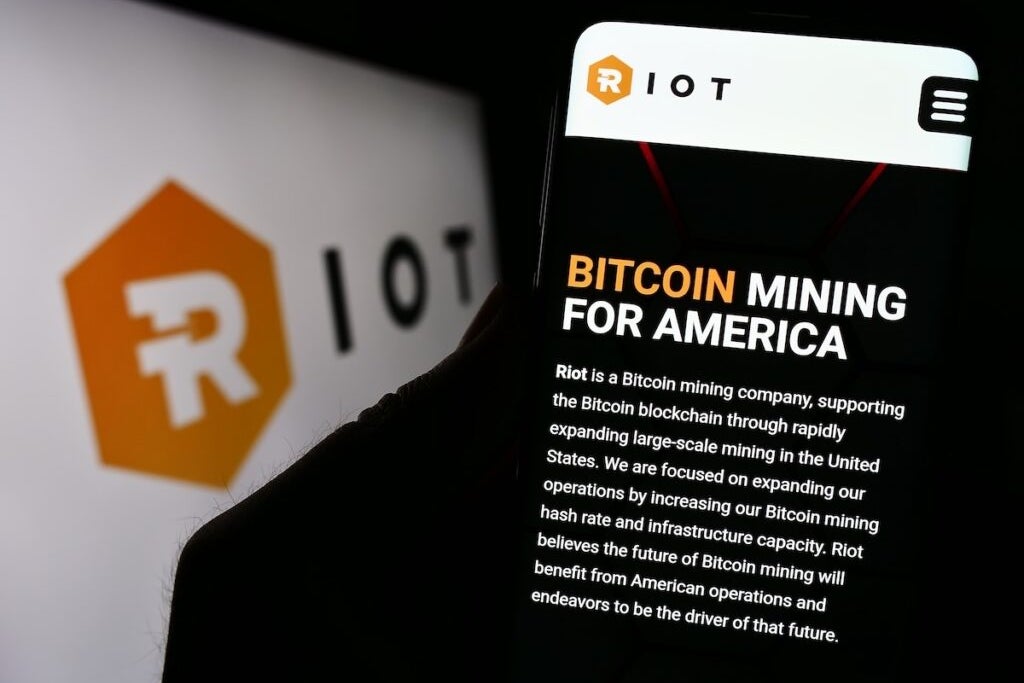“`html
In a significant development for the future of sustainable energy, the United States Department of Energy announced on March 15, 2023, a $2 billion investment to accelerate the development of advanced solar technologies. This initiative, aimed at boosting domestic solar manufacturing and enhancing energy resilience, is set to take place across various locations nationwide, marking a pivotal moment in the nation’s renewable energy landscape.
Boosting Solar Manufacturing
The investment is part of a broader strategy to reduce reliance on foreign solar products, increase job opportunities, and combat climate change. The funding will support the development of innovative solar technologies, including next-generation photovoltaic cells and advanced solar panel manufacturing processes. According to Energy Secretary Jennifer Granholm, “This investment is about creating jobs, lowering energy costs, and ensuring that America leads the world in clean energy technology.”
The Current Solar Landscape
As of 2022, solar energy accounted for approximately 4.5% of the total electricity generation in the U.S., with projections suggesting that this figure could rise to 20% by 2030 if current trends continue. According to the Solar Energy Industries Association (SEIA), the U.S. solar market has grown by over 167% in the past five years, highlighting the increasing demand for renewable energy sources. However, approximately 90% of solar panels used in the U.S. are imported, primarily from Asia.
Challenges and Opportunities in Solar Energy
While the potential for growth is substantial, several challenges remain. The solar industry faces obstacles such as supply chain disruptions, fluctuating material costs, and regulatory hurdles. Furthermore, the recent tariffs imposed on solar imports have complicated matters for manufacturers and consumers alike.
- Supply Chain Disruptions: The pandemic highlighted vulnerabilities in the solar supply chain, causing delays and increased costs.
- Material Costs: Prices for key components like silicon have surged, affecting overall project viability.
- Regulatory Hurdles: Navigating the complex landscape of federal and state regulations can be daunting for new entrants.
Expert Perspectives on the Investment
Experts in the energy sector have expressed their views on the implications of this investment. Dr. Emily Chen, a renewable energy analyst at the Institute for Sustainable Energy, stated, “This funding is a game-changer for the U.S. solar industry. It not only enhances domestic production but also fosters innovation, which is critical for long-term sustainability.”
On the other hand, some industry veterans caution against over-reliance on government funding. Tom Rivers, CEO of Solar Innovations, remarked, “While government support is essential, the industry must also focus on building resilient business models that can thrive independently of federal assistance.”
The Role of Innovation in Solar Technologies
Innovation will play a crucial role in the success of this initiative. The funding will support research and development in various fields, such as:
- Next-Generation Photovoltaics: Developing more efficient solar cells that can generate more power with less material.
- Energy Storage Solutions: Enhancing battery technology to store solar energy for use during non-sunny hours.
- Smart Solar Grids: Implementing intelligent grid technology that optimizes energy distribution and consumption.
As highlighted by the National Renewable Energy Laboratory (NREL), advancements in these areas can significantly reduce costs and increase the efficiency of solar energy systems, making them more accessible to consumers and businesses alike.
Implications for Job Creation and Local Economies
The investment is expected to create thousands of jobs in manufacturing, installation, and maintenance of solar technologies. A report from the U.S. Bureau of Labor Statistics projects that employment in the renewable energy sector is expected to grow by 11% from 2020 to 2030, significantly faster than the average for all occupations. This growth will not only benefit workers directly involved in the solar industry but also have a ripple effect on local economies.
Local governments are already considering how to best capitalize on this influx of investment. Communities with existing manufacturing infrastructure are well-positioned to attract solar-related businesses, leading to further economic development and job creation.
Looking Ahead: The Future of Solar Energy
As the U.S. moves towards a greener future, the implications of this investment cannot be overstated. The focus on domestic solar manufacturing aligns with global trends towards sustainability and energy independence. Furthermore, as technological advancements continue to emerge, solar energy may soon become even more efficient and affordable, paving the way for widespread adoption.
In conclusion, the DOE’s $2 billion investment marks a significant step in the U.S. commitment to renewable energy. By fostering innovation, enhancing manufacturing capabilities, and creating jobs, this initiative has the potential to transform the solar landscape and drive the nation towards a more sustainable future. As we look ahead, it will be vital for industry stakeholders to collaborate and ensure that this momentum translates into lasting change.
Call to Action: For those interested in the future of solar energy and renewable technologies, consider engaging with local solar initiatives or advocating for policies that support clean energy development in your community.
“`



